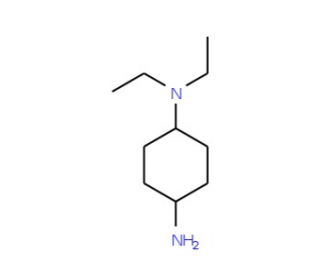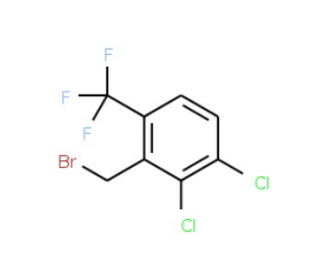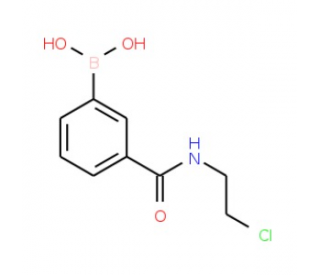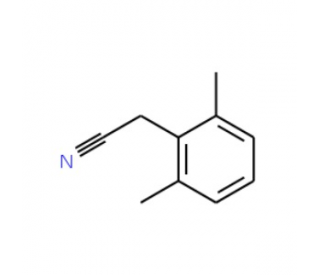详细说明
Purity
>75%, by SDS-PAGE under reducing conditions and visualized by Colloidal Coomassie® Blue stain at 5 μg per lane
Endotoxin Level
<1.0 EU per 1 μg of the protein by the LAL method.
Activity
Measured by its ability to transfer phosphate from ATP to glycerol. The specific activity is >1,500 pmol/min/μg, as measured under the described conditions. See Activity Assay Protocol on www.RnDSystems.com
Source
E. coli-derived Met1-Glu502, with a C-terminal 6-His tag
Accession #
N-terminal Sequence
AnalysisThr2
Predicted Molecular Mass
57 kDa
SDS-PAGE
52-55 kDa, reducing conditions
7849-GK |
| |
Formulation Supplied as a 0.2 μm filtered solution in Tris, NaCl, Glycerol, Brij-35 and DTT. | ||
Shipping The product is shipped with dry ice or equivalent. Upon receipt, store it immediately at the temperature recommended below. | ||
Stability & Storage: Use a manual defrost freezer and avoid repeated freeze-thaw cycles.
|
Assay Procedure
Materials
Assay Buffer (1X): 25 mM HEPES, 150 mM NaCl, 10 mM MgCl2, 10 mM CaCl2, pH 7.0
Recombinant E. coli Glycerol Kinase (rE.coli glpK) (Catalog # 7849-GK)
Donor Substrate: Adenosine triphosphate (provided in kit)
Acceptor Substrate: Glycerol (J.T. Baker, Catalog # 4043), 100 mM in deionized water
Universal Kinase Activity Kit (Catalog # )
96-well Clear Plate (Costar, Catalog # 92592)
Plate Reader (Model: SpectraMax Plus by Molecular Devices) or equivalent
Dilute 1 mM Phosphate Standard by adding 40 µL of the 1 mM Phosphate Standard to 360 µL of Assay Buffer for a 100 µM stock. This is the first point of the standard curve.
Continue standard curve by performing six one-half serial dilutions of the 100 µM Phosphate stock in Assay Buffer. The standard curve has a range of 0.078 to 5 nmol per well.
Create a reaction mixture containing 0.5 mM ATP and 12.5 mM Glycerol in Assay Buffer.
Dilute rE.coli glpK to 2.5 µg/mL in Assay Buffer.
Dilute Coupling Enzyme to 10 µg/mL in Assay Buffer.
Load 50 µL of each dilution of the standard curve into a plate. Include a curve blank containing 50 μL of Assay Buffer.
Load 20 µL of the 2.5 µg/mL rE.coli glpK into the plate. Include a Control containing 20 µL of Assay Buffer.
Load 10 µL of the 10 µg/mL Coupling Phosphatase into the wells containing enzyme and blanks.
Load 20 µL of the reaction mixture into the wells containing enzyme and blanks to start the reactions.
Incubate sealed plate at room temperature for 10 minutes.
Add 30 µL of the Malachite Green Reagent A to all wells. Mix briefly.
Add 100 µL of deionized water to all wells. Mix briefly.
Add 30 µL of the Malachite Green Reagent B to all wells. Mix and incubate for 20 minutes at room temperature.
Read plate at 620 nm (absorbance) in endpoint mode.
Calculate specific activity:
Specific Activity (pmol/min/µg) = | Phosphate released* (nmol) x (1000 pmol/nmol) |
| Incubation time (min) x amount of enzyme (µg) x coupling rate** |
*Derived from the phosphate standard curve using linear or 4-parameter fitting and adjusted for Control.
**Experimentally derived (6). Under the assay conditions, the coupling rate is 0.475.
Per Reaction:
rE.coli glpK: 0.05 µg
ATP: 10 nmol
Glycerol: 250 nmol
Coupling Phosphatase 4: 0.1 µg
Background: Glycerol Kinase
Glycerol kinase from E. coli (glpK) catalyzes the ATP-dependent phosphorylation of glycerol to produce sn-glycerol-3-phosphate (G3P), the first and rate-limiting step in the utilization of glycerol (1). In the presence of glycerol, glpK is stimulated by interaction with the membrane-bound glycerol facilitator (2). In the presence of glucose, glpK activity is allosterically inhibited by fructose-1,6-bisphosphate (FBP) of the glycolytic pathway (3). Under physiological conditions, the enzyme is in an equilibrium between the active dimer and the inactive tetramer. FBP binds to and stabilizes the inactive form, therefore shifting the usage of glycerol metabolic pathway to glycolytic pathway (4). glpK is also inhibited by phosphocarrier protein IIA Glc by a regulatory mechanism distinct from that of FBP (5). GlpK is a member of a superfamily of ATPases that includes actin, hexokinase and the heat shock protein hsc70. Although these proteins are dissimilar in amino acid sequence and function, they share similar tertiary folds and likely the same catalytic mechanism. The enzyme activity was measured using a phosphatase-coupled kinase assay (6).
References:
Pettigrew, D.W. et al. (1988) J. Biol. Chem. 263: 135.
Voegele, R.T. et al. (1993) J. Bacteriol. 175:1087.
Applebee, M.K. et al. (2011) J. Biol. Chem. 286: 23150.
Hurley, J.H. et al. (1993) Science 259:673.
Feese, M.D. et al. (1998) Structure 6:1407.
Wu, Z.L. (2011) PLoS ONE 6(8): e23172.
Entrez Gene IDs:
2710 (Human); 14933 (Mouse); 948423 (E. coli)
Alternate Names:
ATP:glycerol 3-phosphotransferase; EC 2.7.1.30; GK; GK1; GKD; glpK; Glycerokinase; Glycerol Kinase











 粤公网安备44196802000105号
粤公网安备44196802000105号